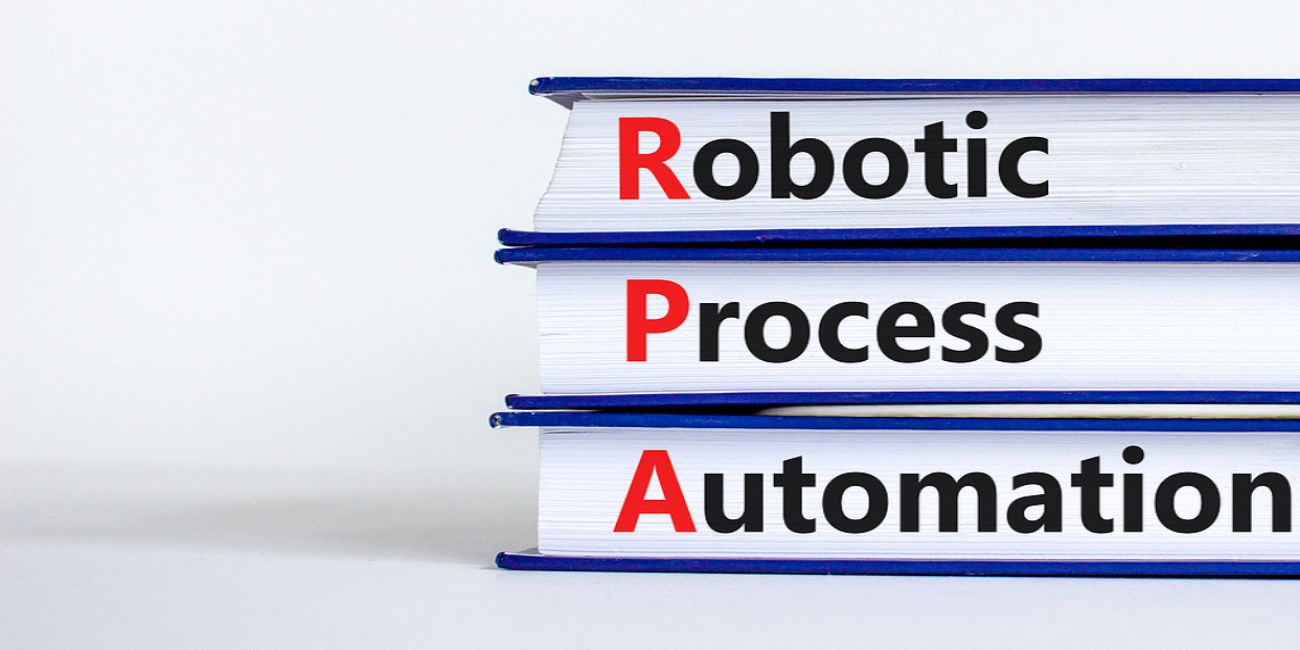Robotic process automation (RPA) has become a digital transformation silver bullet for multiple global organizations. Finding the appropriate process to automate is key to RPA success — and then a sequence of UI interaction and descriptor technologies over software applications helps organizations manipulate data, activate responses, perform transactions, and transfer data among different applications.
However, according to Ernst & Young (EY), 50 percent of RPA project implementations still fail due to human errors. Human errors may result from the difficulty to gain a comprehensive understanding of a process during interviews and workshops — since people are prone to bias. This is one of the three reasons, perhaps, why most organizations are still doubtful of whether or not they must dive into implementing robotic process automation into their process framework. The other reasons are that people fear that robots might render humans jobless and the myth that RPA implementation is expensive.
On the contrary, RPA is indeed designed to “help people become less robotic” by enabling staff “to automate routine [repetitive and labor-intensive] tasks by themselves using common automation tools, thereby freeing up their capacity for higher-value work,” said Martin Weis, EMEIA Robotics Leader, EY. George Brooks, People Advisory Services Leader, Americas, EY, also added, “We need to take the robot out of the human – through the faster adoption of technology, automation and robotics. Do this successfully and we will increase efficiencies, drive down costs and reduce failure rates. And most importantly, we will be able to make up some of the workforce shortfall.”
Moreover, some robotic process automation providers like UiPath require only minimal capital investment paid every month for business users and small teams automating for themselves and their team or business group, respectively. These are just small prices to pay for a return of investment (ROI) of between 300 and 800 percent. And for enterprises and medium businesses, UiPath even offers a 60-day trial for your company to download a demonstration version of RPA software at no cost — no capital investment.
What Happens After the Trial?
Observing the RPA tool in action is compelling, and it inflicts the desire to incorporate the tool into your process framework spontaneously. Without expert advice, your company might end up automating manual tasks that are not suitable for automation. Yes, some processes are not suited for automation. When determining suitability, the following criteria should be considered:
- Is it repeatable? The process, or task, should be mature enough that it is consistently repeatable.
- Is it high volume? The process must occur with high frequency to get a better ROI.
- Is it rule-based? The process must rely on business rules rather than experience.
- Is it transactional? The process must be straightforward in nature with start and end.
- Does it use structured data? The process must use data from databases, CSV files, and form entries instead of PDF files or comment boxes.
Only when all of those criteria are fulfilled that a process or task can be automated. And this is where process mining comes into play. By collecting data from the event logs in your organization’s systems, you obtain a big picture of your end-to-end processes. Process mining provides C executives with deep insights into the business — providing visibility into what is happening.
If well-executed, process mining enables businesses to make informed decisions by running through scenarios of how a change in the process will impact the business — how it may disrupt the business, what areas of the process may be affected, etc. This allows businesses to monitor key performance indicators, do predictive analyses and scenario testing, visualize processes and business outcomes, as well as standardize processes and procedures. This means your company should make sense of data in real-time to drive superior outcomes. If it’s not real-time, even if the data are factual, then this creates a huge margin of error.
Implement RPA Intelligently
If you are unsure, then look into providers like dotSolved. The dotSolved Automation program begins with trying to understand our clients’ outcomes and goals. This helps to create a 6-10-week program that delivers context-aware and process-aligned automation for every business unit. This 10-week program comprises:
- Ideation and Conceptualization
- Product Selection
- Risk Assessment
- Maturity Evaluation
- Governance Setup
- Project Onboarding
- BOTs Rollout
Partnering with UiPath, the world’s leading RPA software company, dotSolved helps fast-track innovation and ensure you achieve your transformation goals. dotSolved empowers businesses from various industries to accelerate innovation by providing them with a complete suite of solutions:
- Data Ingestion, Migration, and Validation
- Operational Data Lake
- Real-Time Processing And Analytics
- BI/DW, ML Modeling, and Business Intelligence Hybrids
- Data Visualization & Discovery
dotSolved’s real-time processing and analytics enable continuous innovation by streamlining insights generation. It automates the management and monitoring of patterns, trends, and anomalies and optimizes prediction, recommendations, and explorations, empowering the business to constantly adapt to changes as they happen.
To learn more about how dotSolved’s Data Science solutions accelerate the data-to-outcome process, feel free to drop us a line.




